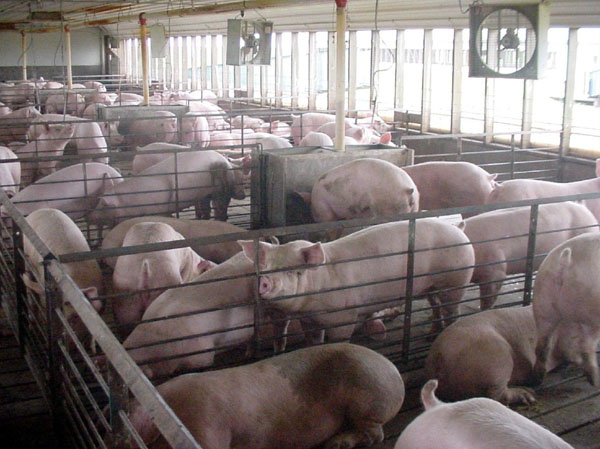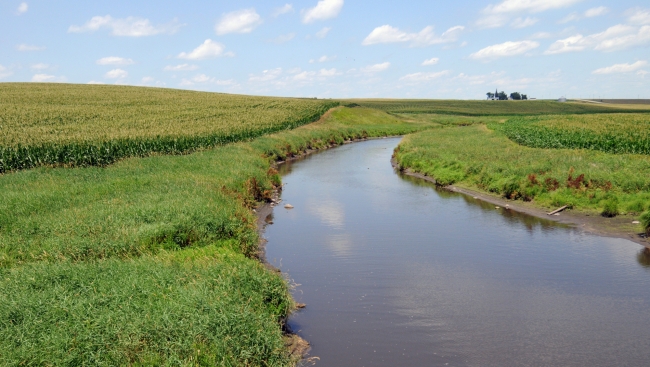A recent story on National Public Radio highlighted the Obama administration’s push to encourage Americans to buy more locally grown food.
http://www.npr.org/templates/s…
The Obama administration’s Secretary of Agriculture, Tom Vilsack, has become an articulate spokesperson for local foods. Said Vilsack, “There is, I think, a movement in the country where people are very interested in knowing where their food comes from.”
“There’s a disconnect between the food that we eat and our awareness of where it comes from,” Vilsack said. “We think it comes from a grocery store. It doesn’t. It comes from family farmers across the country working hard every day.”
Speaking about the potential health benefits of locally grown food, Vilsack said. “As we focus on health care, and as the health care debate focuses more specifically on prevention and wellness, people are going to be exceedingly interested in fresh food and food that’s nutritious.”
Last month, Vilsack’s Agriculture Department launched a program called “Know Your Farmer, Know Your Food” to help people understand where their food comes from, so they can make more informed choices.
When rolling out the new program, Vilsack pointed out that creating new markets for local food will create wealth in rural communities. Said Vilsack, “An American people that is more engaged with their food supply will create new income opportunities for American agriculture.”
“Reconnecting consumers and institutions with local producers will stimulate economies in rural communities, improve access to healthy, nutritious food for our families, and decrease the amount of resources to transport our food,” he added.
Vilsack pointed out that there is a growing number of small farms in the U.S., many of which grow food for their local communities. “In the last five years, we saw 108,000 new farming operations get started with sales of less than $10,000,” Vilsack said. “These are very small farms, but they are a very important component of our agriculture.”
In Iowa, during the same five-year period, we saw an increase of 4,000 new small farms. The growing number of new small farms–juxtaposed with a report from Iowa’s Leopold Center for Sustainable Agriculture that there are over 60 grassroots organizations in Iowa working on expanding local food production and consumption–bodes well for the potential growth of local food systems in Iowa.
Strategic state-level coordination of these many efforts towards development of local food systems could be very effective. If elected Iowa Secretary of Agriculture, I will work to revive the Iowa Food Policy Council and provide a home for the Council in the Iowa Department of Agriculture and Land Stewardship. I will encourage the Council to make recommendations for where statewide efforts could be most effective.


